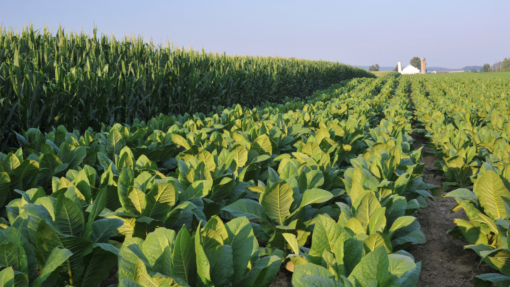From planting trees to conducting timber sales, there are many things for landowners to consider when owning a timber property. Many forest landowners think about taxes only after they had a timber sale. However, there could be tax implications for each timber activity. It is important to conduct tax planning carefully.
Here are a few tax tips for forest landowners to consider.
1. Know the classification of your timber holding
Your timber holding classification is the first step in figuring out the federal income tax consequences of your timber activities. The classification determines which tax rules are applicable. Timber holding generally could be classified as one of the following three types: 1) property for personal use or as a hobby (not-for-profit); 2) property held as an investment; or 3) property held in a trade or business. Generally, you will get the best tax advantages if you materially participate in a timber business.
2. Understand timber sale income and capital gains tax
When you have a timber sale, you are taxed on the net income, rather than the gross proceeds. You are allowed to subtract selling expenses, timber depletion allowance, and yield tax from the revenue to get the net taxable gain. In most cases, the income from a standing timber sale is taxed at favorable long-term capital gains tax rate (0%, 15%, or 20% depending on the taxable income) if the timber has been owned for more than one year. If your timber is inherited, the gain is considered long-term in nature regardless of how long you have owned the timber.
3. Take advantage of the reforestation tax incentives
Eligible forest landowners may deduct up to $10,000 (married filing jointly) in qualifying reforestation expenditures per year per qualified timber property and amortize the rest over 8 tax years. You make the deduction against taxable income from all sources.
4. Recover operating expenses and carrying charges
If you materially participate in the timber business, you can fully deduct ordinary and necessary expenses associated with carrying on the business. For 2018 through 2025, forest landowners who hold timber as an investment are not allowed to deduct eligible operating expenses as itemized deductions. You may consider capitalizing (adding to basis) certain forest management expenses and carrying charges with proper tax elections. Timberland property taxes can still be fully deducted if you itemize.
5. Keep track of timber basis
Timber basis is generally the amount of capital investment in the timber. If the forestland was purchased, the original timber basis is the amount of the total acquisition costs allocated to the timber. If the property was inherited, the timber basis generally is its fair market value on the decedent’s date of death. If the property was received as a gift, the basis is generally the donor’s basis plus the gift tax.
6. Claim timber casualty loss deduction when a natural disaster hits
Timber loss caused by a casualty event (e.g., hurricane, storm, fire) may be tax-deductible. A forest landowner may deduct the lesser of the basis or the decrease in the fair market value of the affected timber block caused by the casualty.
7. Consider excluding cost-sharing payments
Some conservation-oriented cost-sharing payments from qualified government programs qualify for partial or full income exclusion.
8. Take advantage of the Qualified Business Income (QBI) deduction if applicable
If your timber business has received ordinary income from selling cut timber products, pine straw, live trees, or other products, you may consider taking the QBI deduction. It is available for tax years 2018 through 2025.
9. Smooth out timber income over years
You may consider using an installment sale approach (lump-sum contract) or a pay-as-cut contract to smooth out your timber income over several years if such an arrangement can minimize total taxes.
For more details on these tax tips as well as others, please see the publication: https://www.timbertax.org/publications/fs/taxtips/TaxTip2021.pdf.
Disclaimer
The material herein is for general informational and educational purposes only and is not intended as financial, tax, or legal advice. Please consult with your tax advisor for advice concerning your particular tax situation.
Li, Yanshu. “Tax Tips for Forest Landowners“. Southern Ag Today 2(10.3). March 2, 2022. Permalink






